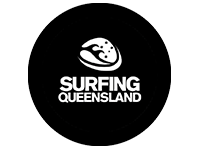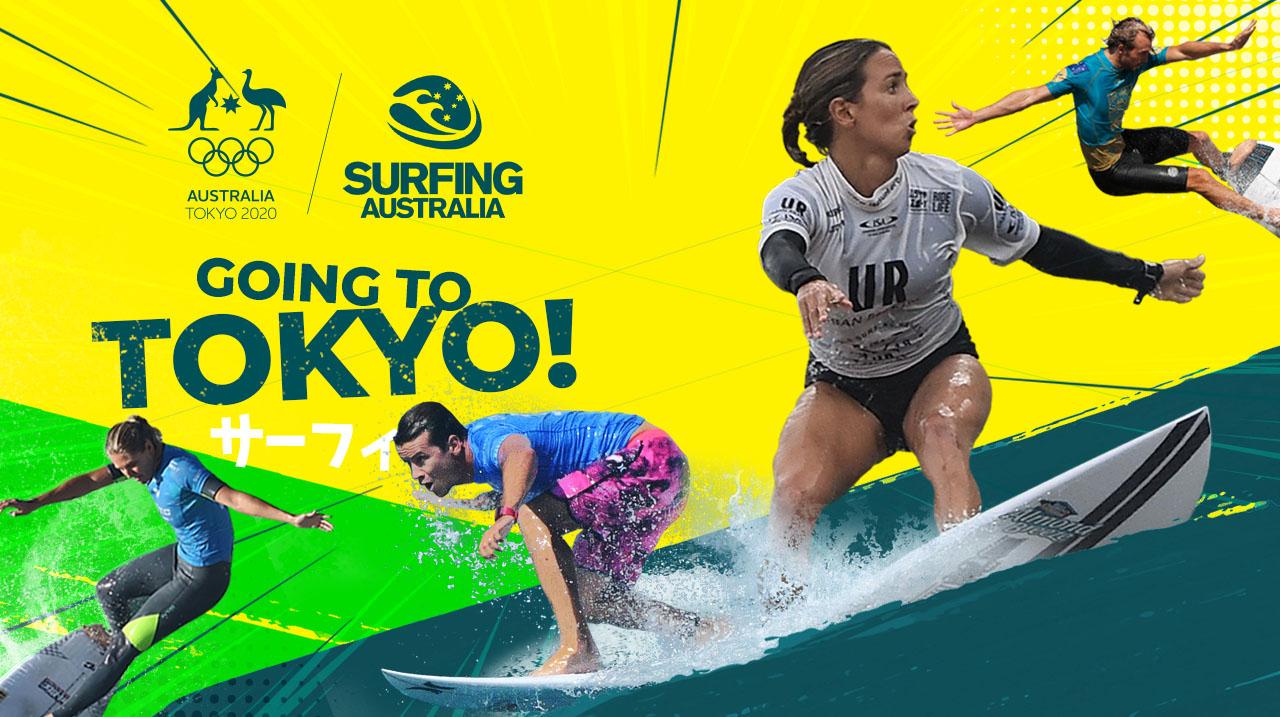We’ve all been on the Olympic-train for some time now, but surfing’s integration into the Games has been a work-in-progress for much longer than most of us realise.
The Godfather of Surfing and Olympic swimming medallist, Duke Kahanamoku, was the first to push for surfing’s inclusion into the Games.
That was over a century ago.
More recently, the International Surfing Association has been lobbying the International Olympic Committee since 1995.
It’s been a long road to this point.
Surfing’s introduction in the Olympics is undeniably a momentous occasion in the history of our sport, shining a global light, albeit briefly, on this pastime around which we base so much of our lives.
Below are a few important Q&As to help you get your head in the game for the upcoming competition. The Olympics only swings around every four years (five since the last one), so it’s worth being involved.
Keep an eye on Surfing Queensland’s Instagram and Facebook channels to keep updated with all the action from Tokyo. And don’t forget to tag @surfingqueenslandinc so we can share your fan photos.

WHERE’S THE SURFING BEING HELD?
It’s going to be run at Tsurigasaki Beach, which is situated approximately sixty-five kilometres east of Tokyo in the town of Ichinomiya, Chiba.
While the break isn’t known for huge surf, it is consistent. Due to its easterly location which catches even the smallest of swells, it has hosted its fair share of high-profile surfing events over the years.
The wave itself is a beach break, with nearby jetties poking out from it that hold sand in the right place. Like any beach break, sand banks are key, but when Tsurigasaki is on, it has the ability to produce some quality surf.
WHEN WILL IT TAKE PLACE?
The official schedule lists the event to be run from Sunday 25 July – Wednesday 28 July, but as we all know, the ocean doesn’t always cooperate with surfing events, even Olympic-sized ones. Organisers will likely run the event over four days, utilising the waiting period if necessary. It’s worth keeping an eye on the Olympic coverage to make sure you don’t miss it.
Also, Tokyo’s time zone is Japan Standard Time, which is only one hour behind Australian Eastern Standard Time, making it a very accessible Olympics for us to watch. Channel 7 is the television network showing all the action. The official Olympic surfing schedule can be found here.

WHICH SURFERS HAVE QUALIFIED?
Below are the twenty men and twenty women surfing for Gold. They’ve qualified through two avenues: the World Surf League championship tour and the World Surfing Games.
While you have probably heard of most of them, I can guarantee you there are a few surprises, including surfers from Germany, Israel and Argentina.
Australia: Sally Fitzgibbons, Stephanie Gilmore, Julian Wilson, Owen Wright
USA: Carissa Moore, Caroline Marks, John John Florence, Kolohe Andino
Brazil: Tatiana Weston-Webb, Silvana Lima, Gabriel Medina, Italo Ferreira
Japan: Mahina Maeda, Amuro Tsuzuki, Kanoa Igarashi, Hiroto Ohhara
France: Johanne Defay, Pauline Ado, Jeremy Flores, Michel Bourez
Peru: Daniella Rosas, Sofia Mulanovich, Lucca Mesinas, Miguel Tudela
Portugal: Teresa Bonvalot, Yolanda Sequeria, Frederico Morais
South Africa: Bianca Buitendag, Jordy Smith
New Zealand: Ella Williams, Billy Stairmand
Costa Rica: Brisa Hennessy, Leilani McGonagle
Israel: Anat Lelior
Ecuador: Dominic Barona
Germany: Leon Glatzer
Indonesia: Rio Waida
Morocco: Ramzi Boukhiam
Argentina: Leandro Usuna
Chile: Manuel Selman












